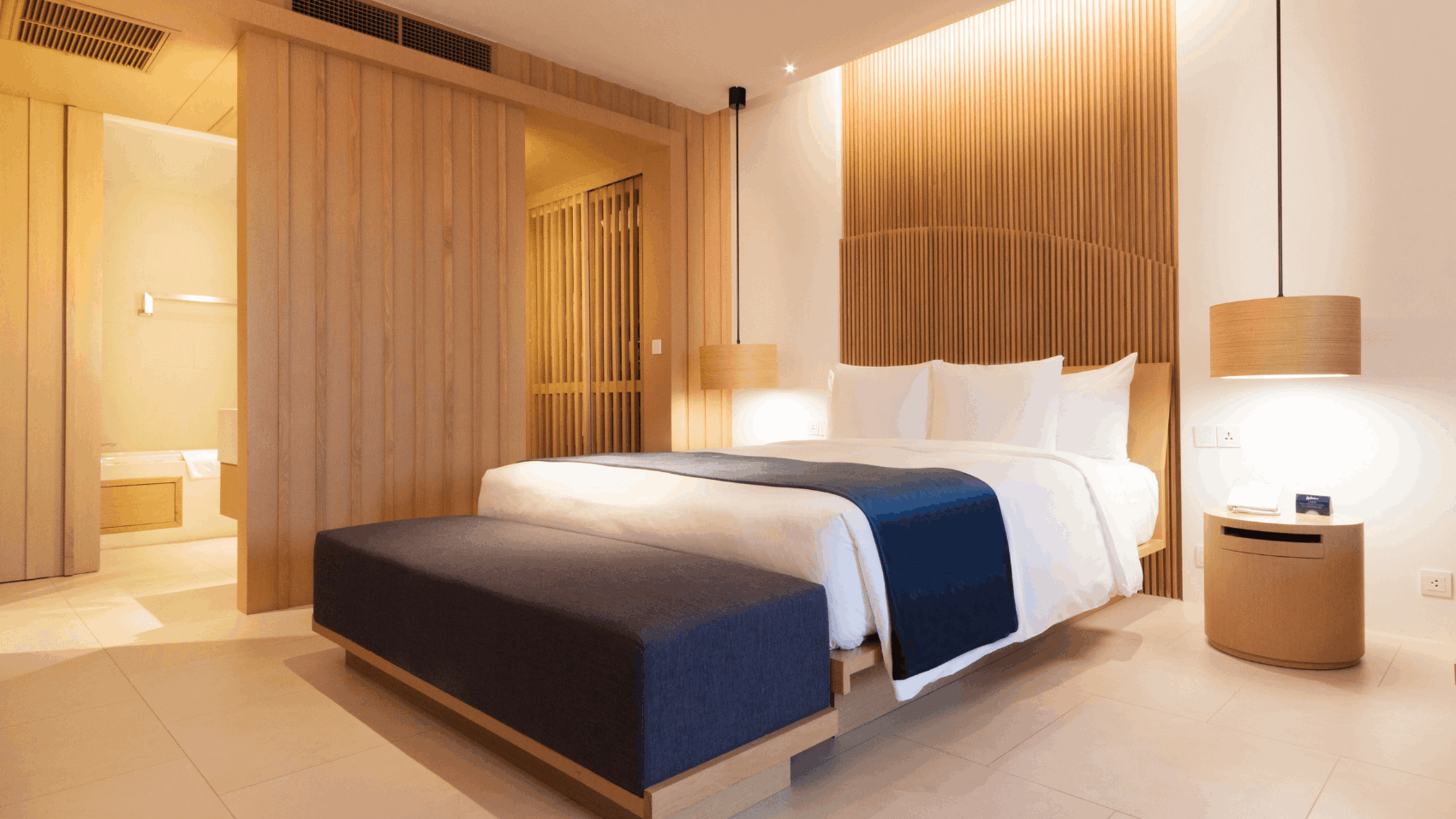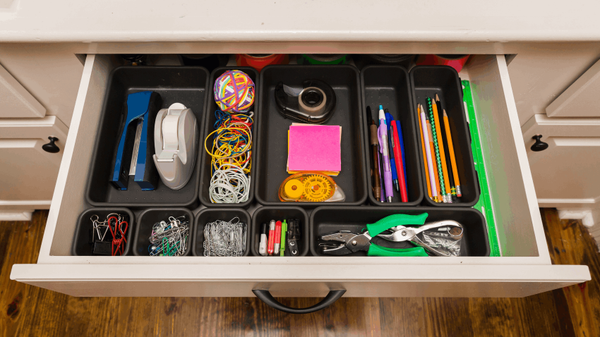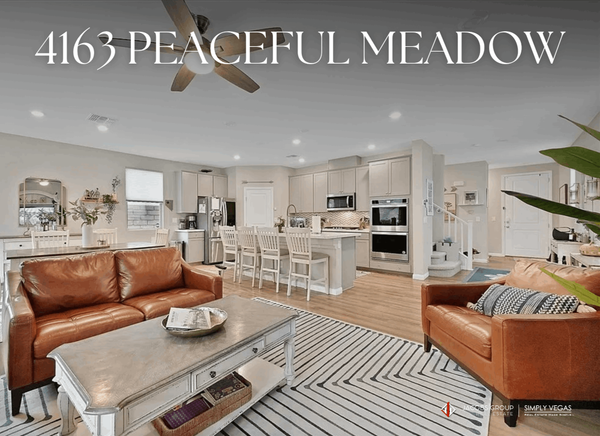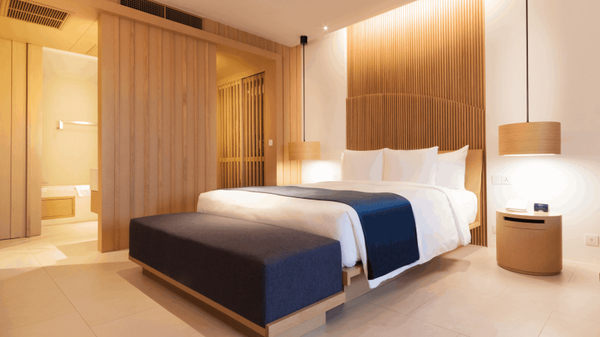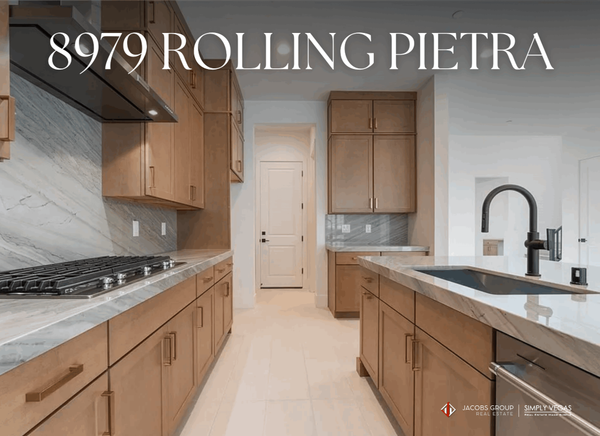Lighting is often an overlooked element in home design, but it has the power to completely transform the look, feel, and functionality of any space. Whether you're staging a home to sell, refreshing your living room, or renovating a new purchase, choosing the right lighting fixtures can make a dramatic impact. From creating ambiance to highlighting architectural details, the right lighting does more than just illuminate—it elevates.
1. Set the Mood with Layers of Light
One of the most effective ways to transform a room is through layered lighting, which includes three types:
-
Ambient lighting: the general overhead light that fills the room.
-
Task lighting: focused lights used for specific tasks, like reading lamps or under-cabinet kitchen lights.
-
Accent lighting: used to highlight design elements like artwork, shelves, or architectural features.
By combining all three layers, you can create depth, warmth, and dimension that make a room feel both functional and inviting.
2. Update Fixtures for Instant Style
Changing out outdated light fixtures is one of the quickest and most cost-effective ways to modernize a space. A dated chandelier or ceiling fan can make a room feel stuck in the past, while a sleek pendant light or sculptural sconce instantly brings it up to date. Look for statement pieces that complement your home’s style—whether it’s farmhouse, mid-century, coastal, or contemporary.
In kitchens, consider replacing standard flush mounts with pendant lights over an island. In bathrooms, swapping builder-grade vanity lighting for elegant sconces can add a touch of luxury. In living spaces, layered ceiling lights paired with table and floor lamps create a cozy and curated effect.
3. Use Light to Enlarge a Space
Lighting can be used strategically to make a room feel larger or more open. Recessed lighting spreads light evenly across ceilings, avoiding dark corners that can make a room feel cramped. Wall sconces and uplighting draw the eye upward, creating the illusion of higher ceilings. Mirrors placed near windows or light sources also help reflect light and visually expand a space.
For small rooms, choose light fixtures that are airy, open, or clear—like glass pendants or minimal metal designs—to keep things visually light.
4. Warm vs. Cool: Choose the Right Bulb Temperature
Color temperature plays a big role in the mood of a room. Warm white bulbs (2700K–3000K) create a soft, cozy ambiance ideal for bedrooms, dining rooms, and living spaces. Cool white or daylight bulbs (4000K–5000K) work well in kitchens, bathrooms, and workspaces where brighter, clearer lighting is beneficial.
Mixing the wrong temperatures in the same space can make it feel disjointed, so it’s worth choosing a consistent temperature throughout each room.
Final Thoughts
Lighting is more than a finishing touch—it's a foundational design element that can dramatically change how a room feels and functions. The right fixture in the right place brings out the best in your space, whether you’re setting the stage to sell or simply creating a more beautiful home to live in. Don’t underestimate the power of a well-placed light.
